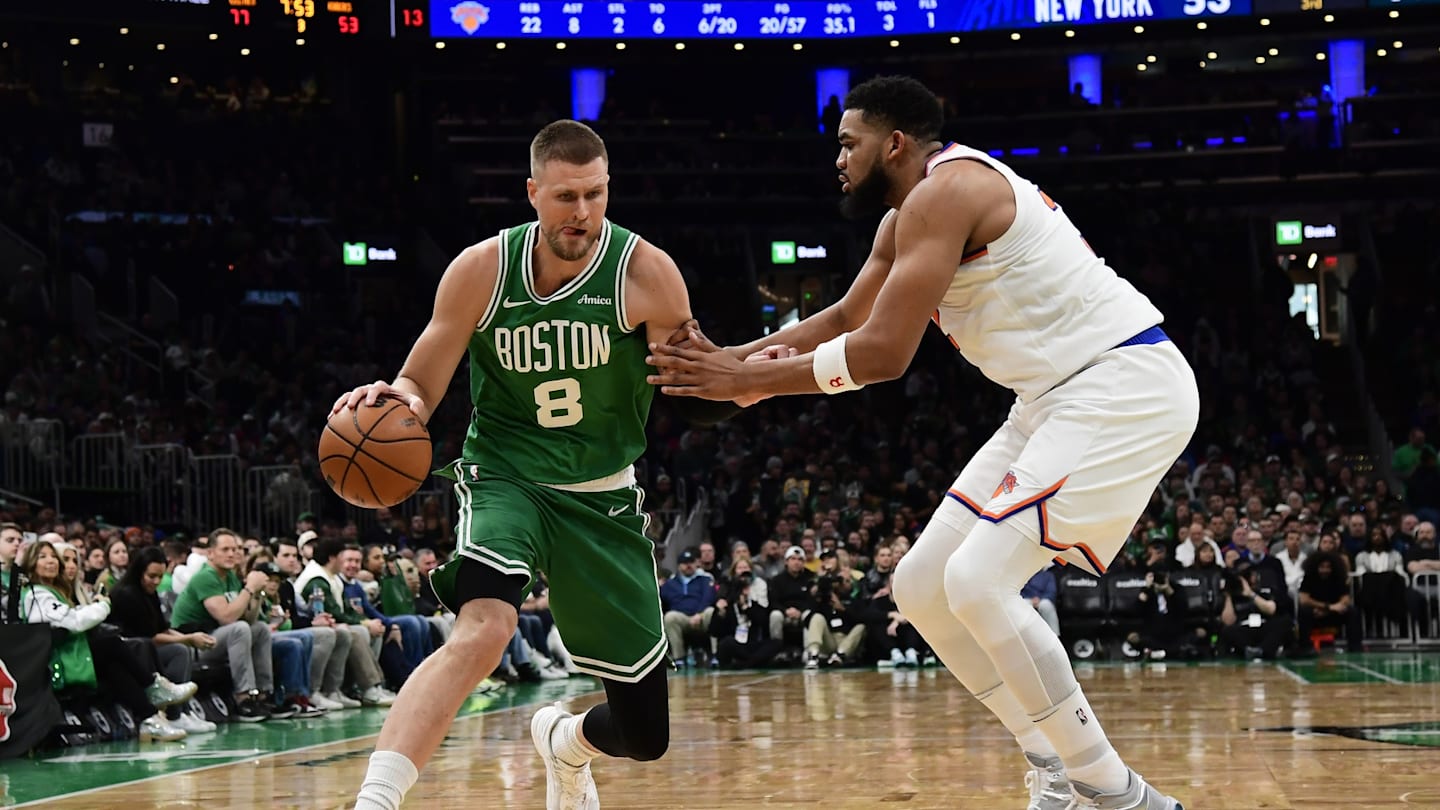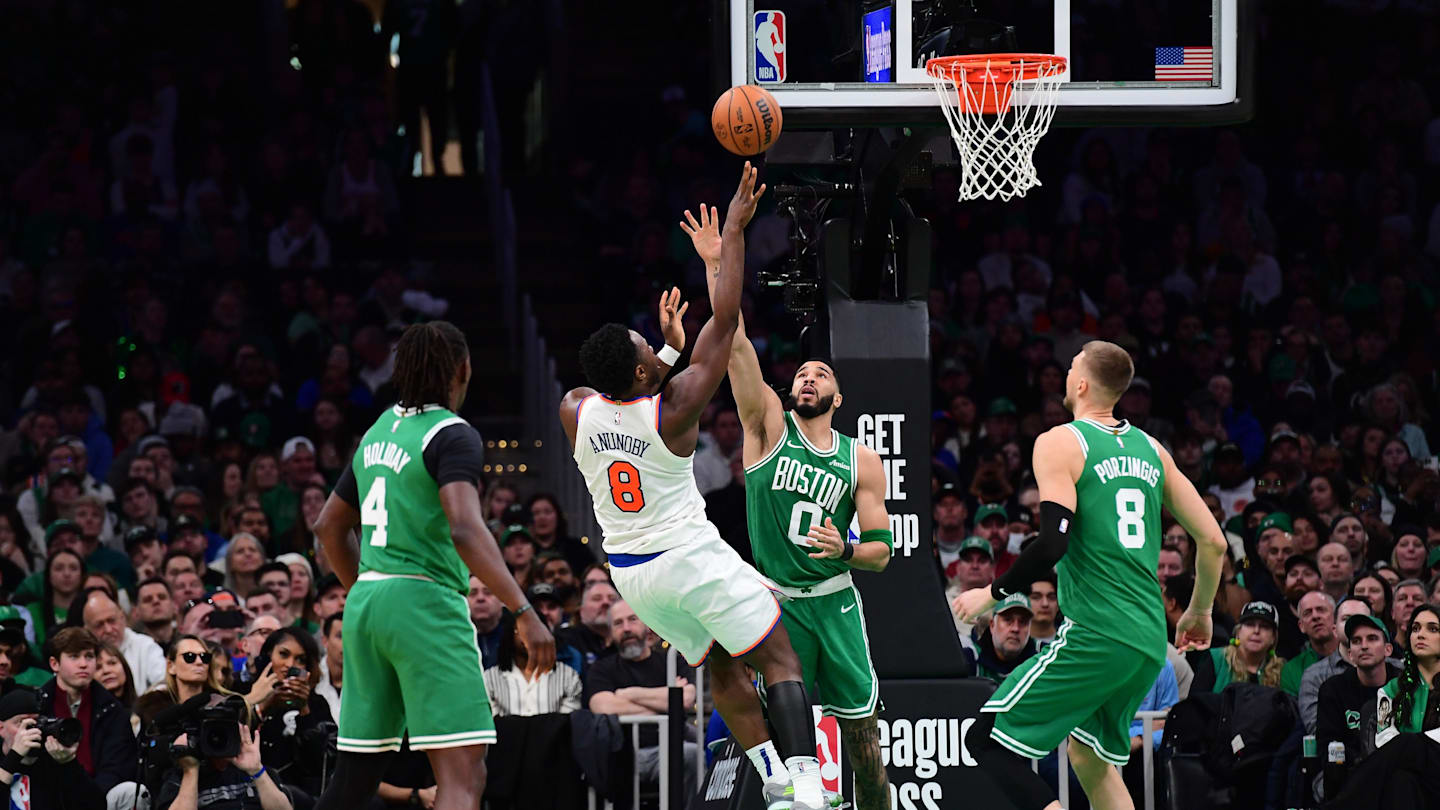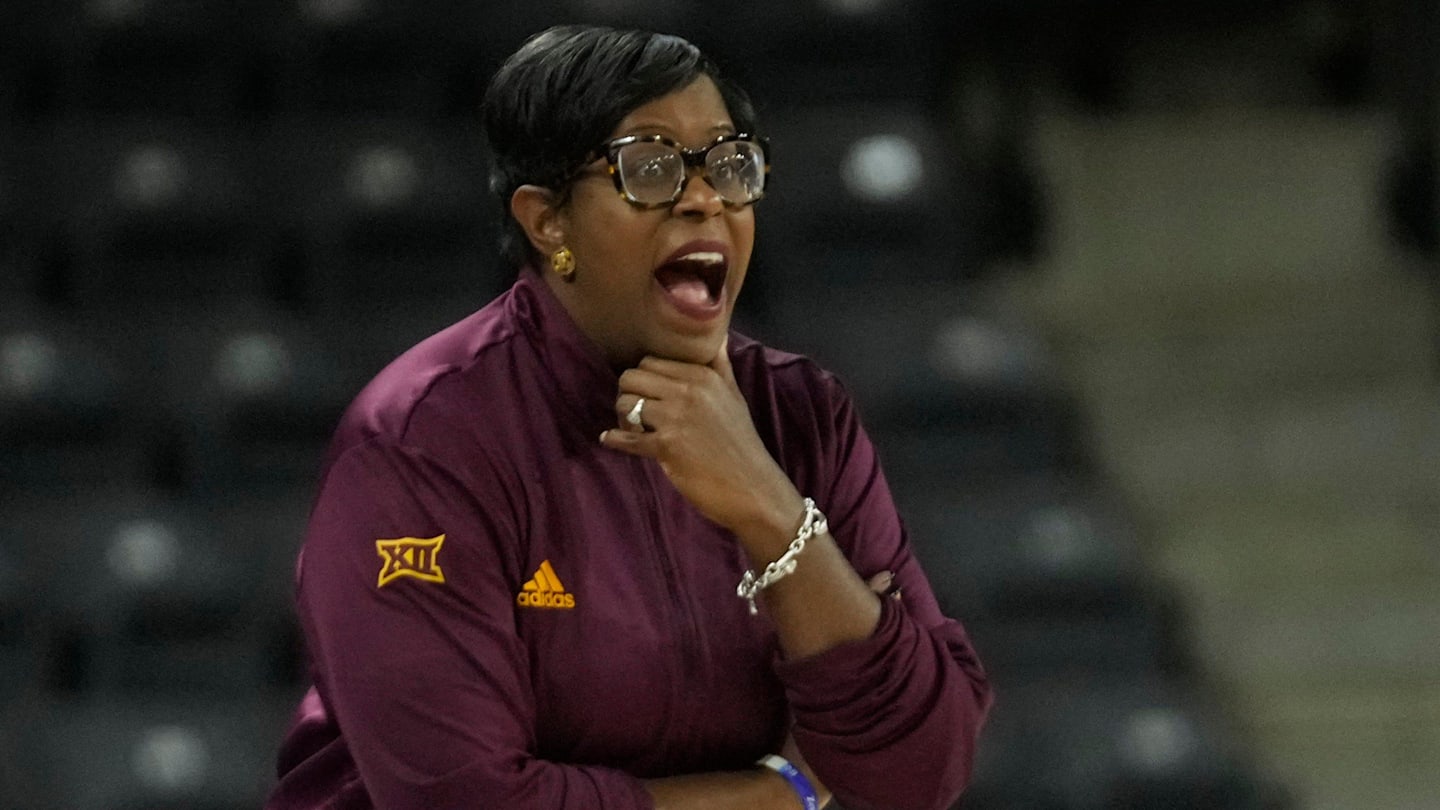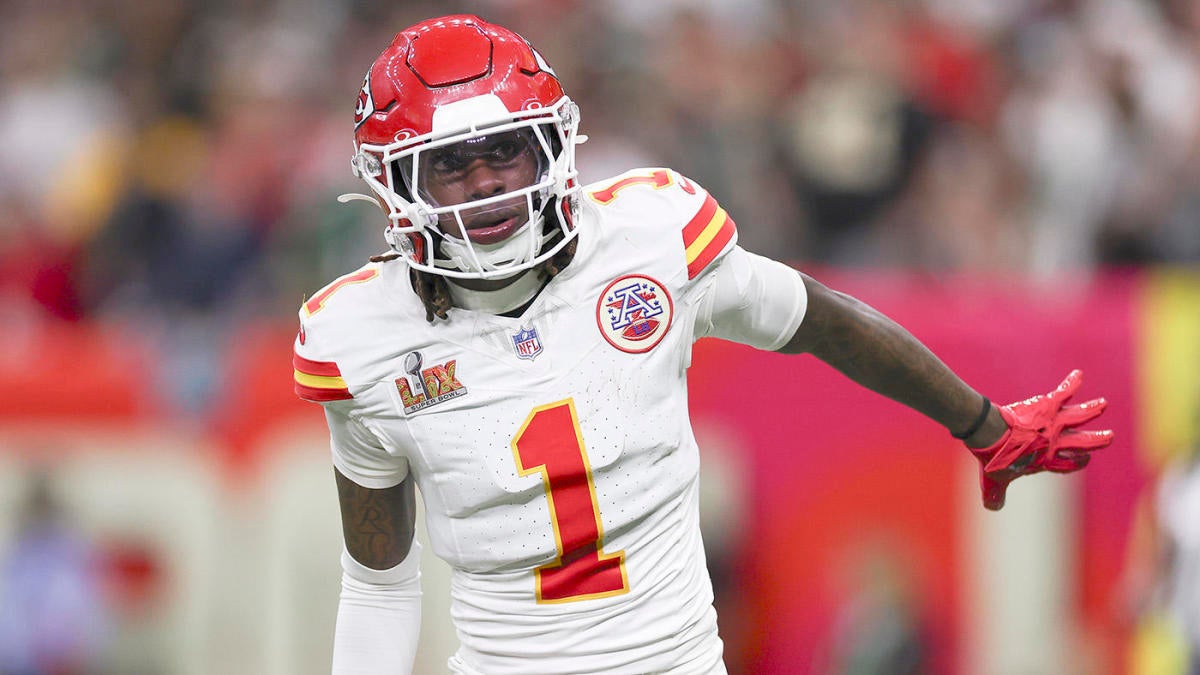NBA trade deadline: How new midlevel exception deals could affect the present and future

There have been many critics of the NBA’s current collective bargaining agreement for how the apron system has constrained trades and player movement. However, the 2024-25 season is the first opportunity for front offices to utilize one of the changes that actually facilitates transactions.
Since its creation, teams could only use the midlevel exception (which is now three separate exceptions depending on a team’s salary situation — more on that later) to sign free agents. Prior CBAs did not even allow a sign-and-trade for a free agent who would have fit into the exception despite that seemingly aligning with the spirit of the exception.
That changes this season, when, in many cases, teams can acquire players already under contract as long as that contract fits within the parameters of the exception for that year.
One other note: Teams over the dreaded second apron — right now, the Boston Celtics, Phoenix Suns, Milwaukee Bucks and Minnesota Timberwolves — do not get any of these exceptions, another way the current CBA makes life harder on the priciest teams. Here’s how things look for the rest of the league:
Nontaxpayer midlevel exception
The original MLE is the most generous, as it has both the highest starting salary ($12.82 million this season) and the longest allowable contract length (up to four seasons). If a player’s remaining contract fits within these parameters, a team with its full nontaxpayer MLE available can acquire him without needing cap space or another exception:
Non-Taxpayer MLE (2024-25)
| Year | Salary |
|---|---|
|
2024-25 |
$12,822,000 |
|
2025-26 |
$13,463,100 |
|
2026-27 |
$14,104,200 |
|
2027-28 |
$14,745,300 |
|
Total Salary: |
$55,134,600 |
• Figures after 2024-25 are the salary ceiling for contracts to qualify to be traded right now. Players with longer contracts or larger salaries in any year are ineligible to be traded into the midlevel exception.
Some players whose contracts fit within the nontaxpayer MLE right now are Jonas Valančiūnas, Coby White, Pat Connaughton, P.J. Tucker, Isaac Okoro, Kevon Looney, Maxi Kleber, Dennis Schröder, T.J. McConnell, Chris Boucher, Jarred Vanderbilt, Matisse Thybulle, Zeke Nnaji and Moritz Wagner.
The Houston Rockets are the only team with both their full nontaxpayer MLE and enough wiggle room under the CBA’s first apron to use it, but the Toronto Raptors are roughly $11 million under the first apron, making them an easy move away from joining Houston. For the sake of completeness, the Wizards used their nontaxpayer MLE on Valančiūnas but have a trade exception worth roughly $12.4 million from the Daniel Gafford deal last year that they can use pretty similarly to the Raptors and Rockets.
Room midlevel exception
A way for teams that use cap space to wield additional spending power (that cannot be combined with cap space), the room MLE has a $7,983,000 starting salary this year and can last for up to three seasons. Players making that amount or less can be traded into a team’s room MLE:
Room MLE (2024-25)
| Year | Salary |
|---|---|
|
2024-25 |
$7,983,000 |
|
2025-26 |
$8,382,150 |
|
2026-27 |
$8,781,300 |
|
Total Salary: |
$25,146,450 |
• Figures after 2024-25 are the salary ceiling for contracts to qualify to be traded right now. Players with longer contracts or larger salaries in any year are ineligible to be traded into the midlevel exception.
Some players whose contracts fit within the room MLE right now are Ayo Dosunmu, Jaden Springer, Kelly Oubre Jr, K.J. Martin, Dario Šarić, John Konchar, Kevin Love, Bones Hyland, MarJon Beauchamp, Drew Eubanks, Trey Lyles, Dwight Powell and Precious Achiuwa.
Currently the Oklahoma City Thunder, Orlando Magic, Utah Jazz and Detroit Pistons (who also have cap space) still have their room MLE available and enough space under the luxury tax to use it.
Taxpayer midlevel exception
Aligning with this CBA’s more punitive approach toward expensive franchises, the taxpayer MLE is both less lucrative ($5,168,000 starting salary this season) and shorter (no more than two seasons) than the others. Additionally, front offices cannot use the taxpayer MLE to acquire a player already under contract — that flexibility only applies to the nontaxpayer and room exceptions.
Front offices can use this new flexibility a number of ways at this trade deadline and moving forward. The most interesting of these is probably best explained with Valančiūnas, as it appears the Washington Wizards deliberately negotiated and structured his contract to fit within the nontaxpayer MLE to widen the net of possible trade partners over the life of his contract.
Considering their place as a rebuilding team, that thought process makes sense. While some prioritize parity more than I do, making it easier for talented rotation players to move from non-competitive situations to potential playoff rotations provides additional quality in the postseason while also giving teams such as the Wizards more trade possibilities — and ideally a larger eventual return in a deal.
That said, more likely additional use of this new flexibility is something decidedly less exciting for fans: financial savings.
The most straightforward example of this is that, every year, some franchises begin the season over the luxury-tax line but eventually move below it because doing so saves money on salary, avoids the tax payment itself and allows them to receive a share of the overall luxury-tax bill. Typically, half of the total amount paid in a particular season gets split evenly among teams that avoided the tax that year. Instead of having to work with one of the few teams that rolled cap space into the season or has the right-sized trade exception, those front offices can now negotiate with another group of franchises.
This season, the Bucks could duck under the second apron to open up more trade possibilities (and save a bunch of money) by finding a new home for Connaughton. Only the Pistons have enough cap space to take him in right now, and there are not a ton of usable trade exceptions that could work for his $9.4 million salary. Now, teams without cap space that still have their nontaxpayer MLE, such as the Raptors and Rockets, can acquire him as well, likely with additional payment in the form of draft picks for their trouble.
As of this writing, there are 14 teams over the tax threshold, and exactly half of them are over the line by less than the nontaxpayer MLE, though not all of them have a clean trade to get them all the way under this way. On the other hand, some of the franchises even further over the line, such as the Celtics and Suns, cannot avoid the tax entirely with moves like this but could still save significant money for ownership. Expect to see trades like that, too, at this deadline, potentially using these new midlevel exception trading flexibility.
(Photo of Jonas Valančiūnas: Scott Taetsch / Getty Images)
Related
NBA: Mark Cuban says he would have asked for more…
Feb 13, 2025; Dallas, Texas, USA; Mark Cuban laughs during the second half of the game between the Dallas Mavericks and Miami Heat at American Airlines
NBA Scout Reveals Why Celtics Can Easily Beats Knicks in…
The Boston Celtics are one of the teams who are expected to be a contender at the end of the season. They are the defending NBA champions, so they feel like the
Nikola Jokić gives peak Nikola Jokić interview with Scott Van…
Nikola Jokić is still rewriting the record books — and treating it like just another day at the office. In a 149-141 overtime win over the Phoenix Suns
Knicks’ Struggles vs. NBA’s Elite Explained
The New York Knicks are one of the best teams in the NBA, but as of late, they have been defined more by their struggles than their triumphs.The Knicks are 0-7











